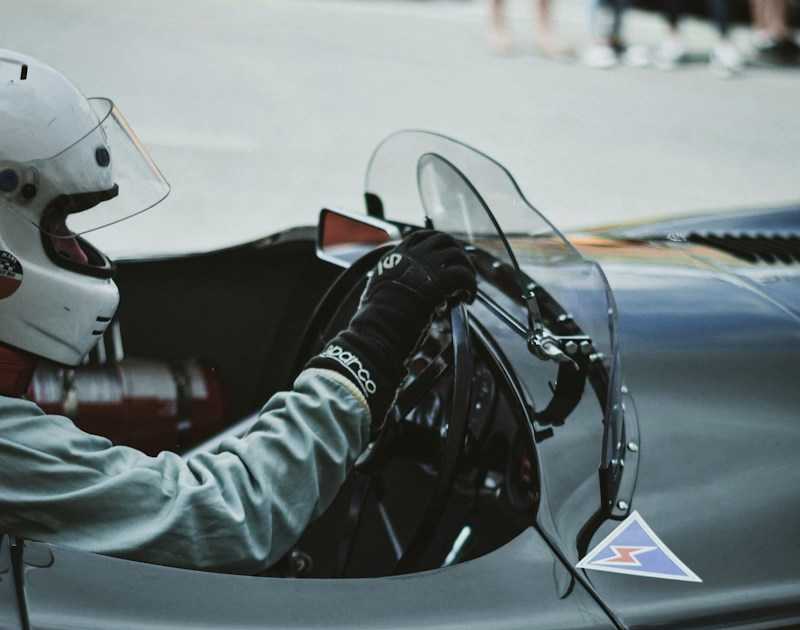Whenever the Formula 1 race week starts, we see its stars – racers. F1 drivers look perfect, speaking with a smile at press conferences, proudly suiting their golden helmets, fearlessly risking at high speeds in front of billions of audiences worldwide. Furthermore, with millions of dollars in salary, F1 racers are young, famous, and fitted, while their actions stir people speaking about. But who the Formula 1 drivers exactly are? What drives them when they drive an F1 car? In fact, many things are lying hidden under the perfect picture we see during the Grand Prix. Want to open the behind-the-scenes door to F1 driver’s personalities?
Then, here are lesser-known facts about F1 racers that can shake your mind, resulting in your previous impression being no more than just an image produced with Formula 1. To better navigate, we linked other posts if you wish to delve deeper into the details. So, let’s go.
- #1. Formula 1 Driver Puts The Racing Career First
- #2. The Most Of F1 Drivers Are Introverts
- #3. Sometimes, Mental Training Comes First
- #4. F1 Drivers Are Superstitious Persons
- #5. Capricorn is The Most Successful F1 Champions' Sign
- #6. F1 Drivers Are Athletes To The Bone
- #7. Most Of Drivers in Formula 1 Don't Like Reading
- #8. F1 Drivers Like RAP Music
- #9. Most Formula 1 Drivers Own Personal Businesses
- #10. F1 Drivers Spend The Holidays Like Common People
- Concluding
#1. Formula 1 Driver Puts The Racing Career First
As someone counted, the chance of a young and professional racer getting into Formula 1 is equal once to a quarter of a billion, as too many factors make sense, where significant finance does not last place.
Formula 1 is about sacrifices. The strong commitment starts from an average of 5 years old and has continued throughout their racing career.
The plans to participate in such competitive sports force one to focus on a future career in childhood – a time when traits are built.
When Max Verstappen was a child, he raced with his kart most of the time. Today, he is the youngest Formula 1 champion, but Verstappen forfeited a complete childhood.
Why does a career in Formula 1 take too much?
The high competition results in no option for mistakes. With only 20 drivers racing in, the thousands of talents break a row to get into Formula 1.
Once getting into Formula 1, its drivers hold their careers tenaciously, sacrificing a lot that usually people have.
Forfeiting the time, friends, and family prospects. Lewis Hamilton focuses on improving his drive, physical, and motivation.
Besides, the career of a Formula 1 driver lasts a short time. So, it is the profession that makes racers so famous, but if fame, money, and traveling are good bonuses, fleeting is the dark side of that.
After all, fewer people know who were F1 drivers before Formula 1 and what they do after retirement. Lance Stroll was a star driver in junior Formulas, while former Red Bull F1 driver Mark Webber has written the books, but who cares if they are stars only when racing in Formula 1?

#2. The Most Of F1 Drivers Are Introverts
The unseen truth about F1 drivers’ mentalities is they are introverts.
Beyond question, they dislike the promotional campaigns, public events, and shows that Formula 1 provides to keep the audience excited.
Thus, despite being so friendly, one of Lando Norris’s traits is he prefers to spend time with no more than a few good friends.
Specificity points of Lewis Hamilton, George Russell, Charles Leclerc, Carlos Sainz, Alex Albon, Daniel Ricciardo, and Fernando Alonso’s personalities are they appreciate loneliness.
Why do F1 drivers introverts? Simply put, there is no other way to survive in Formula 1.
Formula 1 is a mind-intensive job for a driver, who has to keep the strategy and be responsible for actions at and out of the track. So, after exhausting races, turning all sounds off and bringing order to the mind are the only wishes.
Moreover, being famous, F1 drivers are surrounded by personal managers, trainers, PRs, fans, and business partners. That would destroy any extrovert soon.
However, with a few exceptions on the grid, being an average same age – 26 years old, the F1 drivers are friendly as well.
#3. Sometimes, Mental Training Comes First
The F1 drivers are the strongest athletes in racing sport. They endure the highest g-forces in the Formula 1. But they wouldn’t be so strong without a specific lifestyle related to everyday training. They have only a few days without workouts – in the winter holidays.
Therefore, discipline and motivation are those unseen aspects of Formula 1 racers, lying under their perfect shape.
However, being faster, being better, and doing more – are what every F1 driver keeps in mind, but as Formula 1 has no limits to perfection, the endless loads, traveling, and pursuing the limits lead to burnout.
So, behind the scenes, it turns out to be an exhausting game. However, the mental training is the cornerstone of the F1 driver’s preparation. Each F1 team has its own wellbeing program, while F1 drivers work with narrow-profile specialists to fix the wrong attitude.
It can be a personal trainer with whom Lewis Hamilton travels, a psychologist with whom George Russell works, or even both, such as the team hired for Yukio Tsunoda to gain emotional control.
When things go wrong…
What happens if an F1 driver doesn’t cope with mental problems? They leave the sport despite having good perspectives.
Thus, Nico Rosberg retired soon after taking the 2016 F1 championship title. The rivalry with Lewis Hamilton took his power, and with chances to repeat the success, Rosberg left Formula 1 as if it was the only and last victory.
After spending 6 years in Ferrari, Sebastian Vettel needed psychological coaching, as he was exhausted. Even his five championship titles couldn’t help, as after the consistent mix of bad luck and fierce battles against teammate Charles Leclerc, he was on the way to retiring.
Rises and falls may quickly destroy the self-confidence even of successful racers.
After winning two Formula E championships, Nick de Vries joined Formula 1 for AlphaTauri (RB), but his lack of performance forced the team to immediately replace him with Daniel Ricciardo. They made it in the mid-2023 season, and de Vries switched for the WEC.
Go fast or go out. If you talk about mental health in Formula 1 about 50 years ago, you would make people raise their eyebrows because there was no space for drivers to have a bad attitude, despite races of that time being finished with fatal accidents.
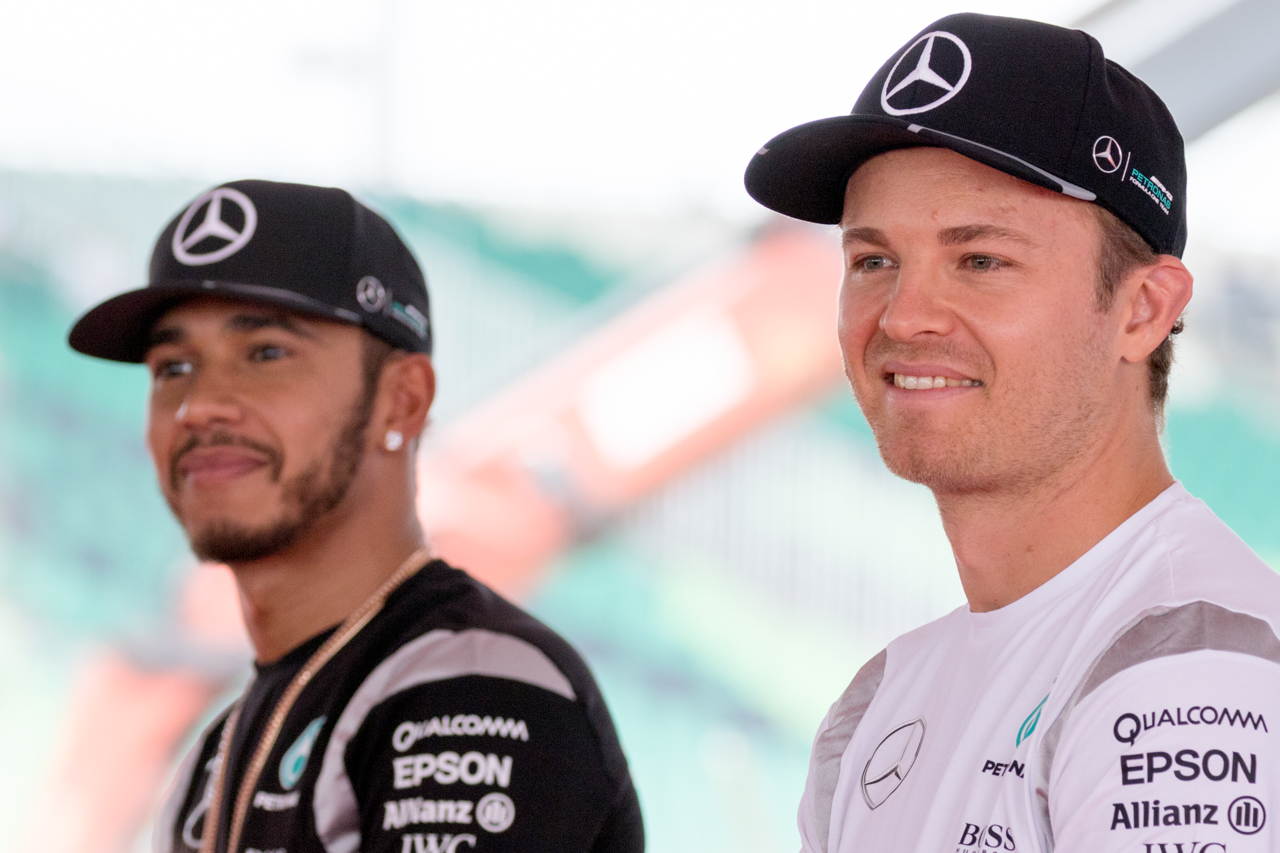
#4. F1 Drivers Are Superstitious Persons
Another lesser-known fact about F1 racers is they believe in signs. Look at the numbers they choose to race with.
The magical #44 is a sign from the past for Lewis Hamilton, who saw the figure on his father’s plate. Despite the bad reputation of #4, Hamilton doubled the sense, transforming it from a bad to a lucky one. It played well; all seven titles in Formula 1 Hamilton won under #44. Verstappen made the same with #3.
But the superstitions don’t end at this point because everything that surrounds the F1 drivers is what they choose with a meaning.
Stake Kick Sauber driver Valtteri Bottas uses the helmet with a print his girlfriend made for him.
Being an exemplary catholic, Red Bull driver Sergio Perez races with a picture of Pope John Paul II in his car’s cockpit and believes in the connection.
You will be curious to know if some drivers on the grid have their own lucky charms and customs. Fernando Alonso and Carlos Sainz Jr. sit in the F1 car from the right side. Moreover, they don racing gloves starting from the right hand.
So, don’t wonder next time if watching some of the F1 drivers do three times spitting or knocking the wood for luck because when so much is being at stake, superstition is a part of the lifestyle at the grid.
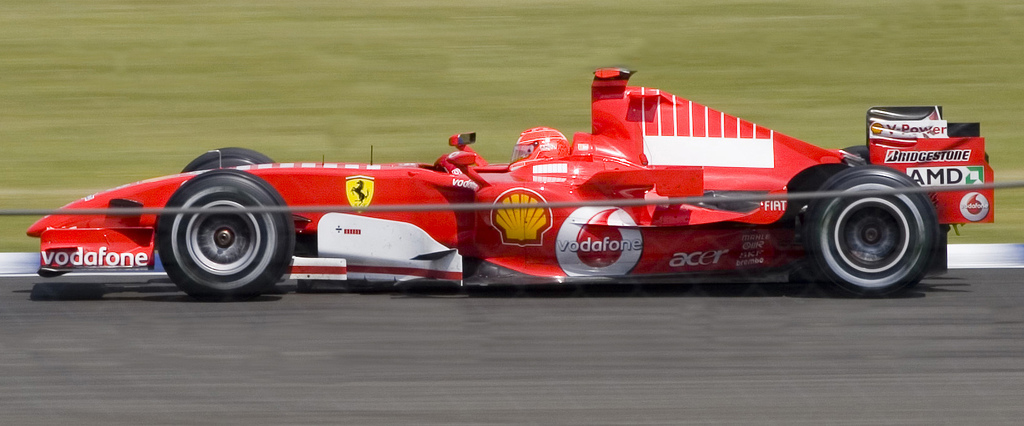
#5. Capricorn is The Most Successful F1 Champions’ Sign
Perhaps it is discipline and hard work highlight the Formula 1 champion among the others, but these are the crucial features of the Capricorn zodiac sign.
Michael Schumacher and Lewis Hamilton archived the most championship tiles throughout the entire Formula 1 history. Each one has seven championship wins. Both are Capricorns.
Frankly, we believe that astrology can give insights into F1 driver behavior.
So, a high-ambitious Capricorn isn’t ready to be just number one but needs to take as much as possible. We find ambitions are the main reason Hamilton decided to join Ferrari after six titles and 11 years of racing in Mercedes.
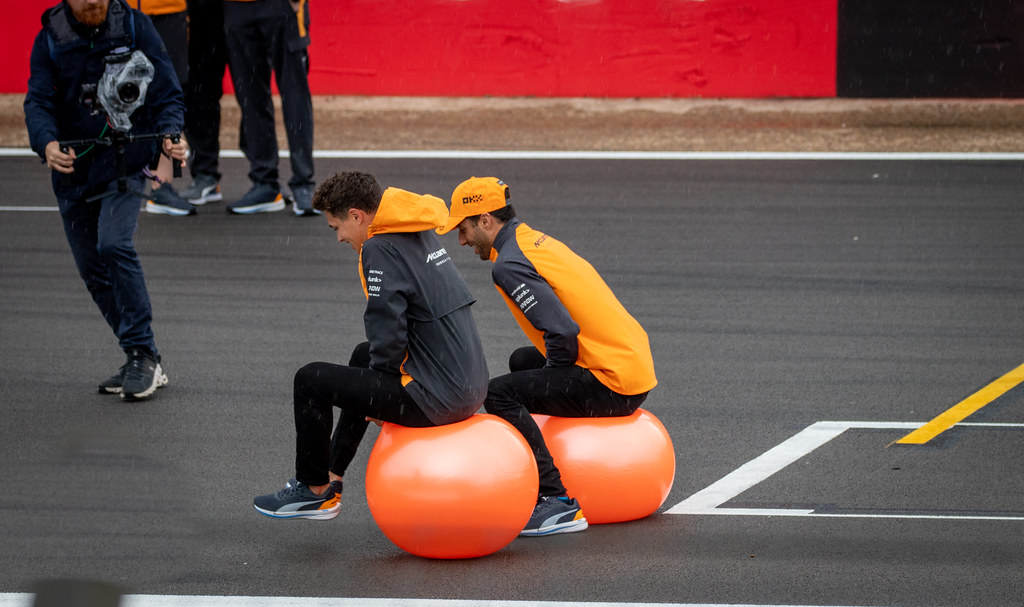
#6. F1 Drivers Are Athletes To The Bone
As for F1 drivers’ off-track hobbies, on the earth, in the air, and even on the water, F1 drivers prefer active lifestyles and are passionate about sports.
Lewis Hamilton skydiving, Valtteri Bottas participating in cycling competitions, Carlos Sainz likes golf and tennis, Fernando Alonso goes to ski, while George Russell and Pierre Gasly like surfing.
Only Max Verstappen, Lando Norris, and Charles Leclerc would be happy staying at home for a few batches in sim racing.
However, one activity unites all the current F1 drivers. They like football. Moreover, someone like Sergio Perez plays football as well as a professional and can teach a couple of moves with a ball.
#7. Most Of Drivers in Formula 1 Don’t Like Reading
The key F1 driver trait is that they always live at high speeds. So, there is no time for reading between their movements in the schedule.
Lando Norris, Daniel Ricciardo, Charles Leclerc, and Alex Albon like to read books in the least. They find it boring.
Despite the lack of time, Lewis Hamilton, Fernando Alonso, and Pierre Gasly find a space to spend with a good book.
So when this moment comes, they prefer something special – the biographies of great people whom they are inspired by, like ‘My Story’ by Usain Bolt and ‘Rafa’ by Rafael Nadal.

#8. F1 Drivers Like RAP Music
F1 driver’s mentality is the balance between inner calm and high motivation, and their active lifestyle is direct proof of that. Listening to energized music helps to carry inner fire.
At the beginning of our research about musical tastes, we supposed Pop would be the most popular genre on the grid, but it was wrong.
In fact, training is the usual thing F1 drivers do when not driving a Formula 1 car. Therefore, Rap and Hip-hop – the beats accompany racing athletes all along.
Moreover, they listen to rock and even hard rock and often visit the live performances of famous artists. Daniel Ricciardo was a special guest on Zach Bryan’s show in Melbourne, while with Max Verstappen, you could see Lando Norris at Martin Garrix’s shows.
#9. Most Formula 1 Drivers Own Personal Businesses
The salaries in Formula 1 start from $2 million per year and may reach the mark of $65 or even more. So, with a good amount, it is unforgivable to not kick off the affair after a few years of participating in the sport.
Fernando Alonso, perhaps, was the first successful businessman. He launched the Clothing retail company KIMOA in 2017. Alonso has promoted the KIMOA in Formula 1 and Indycar. You could see his branded cap.
Valtteri Bottas launched his own wine company IHANA. Lando Norris founded esports Team Quadrant in 2020. Max Verstappen focuses on his GT3 team. Alex Albon started his fashion clothes line ‘Alex Albon Athletics.’
Besides the musical label, Lewis Hamilton invests in the new movie about Formula 1 with Brad Pitt and the vegan burger chain ‘Neat Burger.’
How do they find the time for business? The personal business outside Formula 1 starts from sponsorship deals between drivers and promoters, like Charles Leclerc’s promotional campaigns with Ferrari and Ray-Ban.
After meeting the right people, each can choose where to invest the money, especially when the yearly income in Formula 1 allows drivers to find any business idea they can imagine.
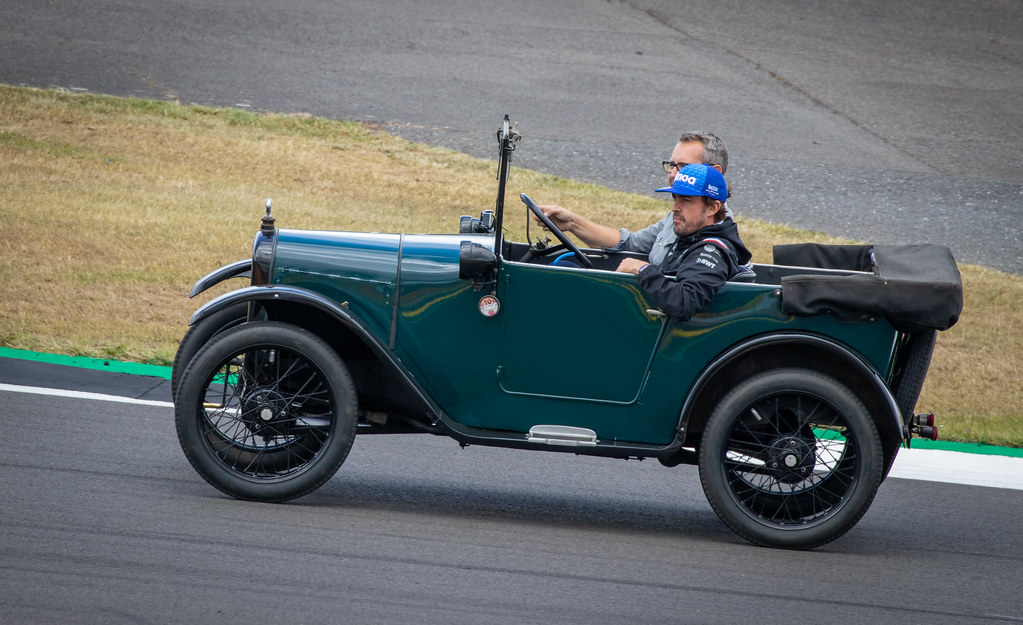
#10. F1 Drivers Spend The Holidays Like Common People
The Formula 1 off-season is the only time drivers can afford to do whatever they want, staying free outside the circuits, paparazzi, workouts, and eating as much as they want.
Of course, the case is about no more than a week, but during this interval, they turn their social media off to spend time with friends and family, playing video games and watching movies.
Concluding
Formula 1 racing is more than just a sport for the drivers who successfully got into it. It is a lifestyle filled with many activities and a big responsibility at and out of the circuit.
Despite the highest physical and mental pressure, Formula 1 opens the doors to personal and business growth for each racer as an athlete and individual, but at the same time, it can hurt this growth due to high competitiveness and risks.
However, it is a profession of Formula 1 racer that gives popularity, money, and travels all over the world, while the other side of this sport is it requires drivers to sacrifice their usual lives.
Although staying at the top for a driver races in Formula 1 doesn’t last long. The most unseen fact about F1 drivers’ personalities lies under the dedicated personal and psychological job. So, holding the top position requires from F1 driver to significant time, energy, and money investments.
Therefore, the fears, motivation, and workouts lay under the glitzy image of a Formula 1 driver we get used to seeing.

